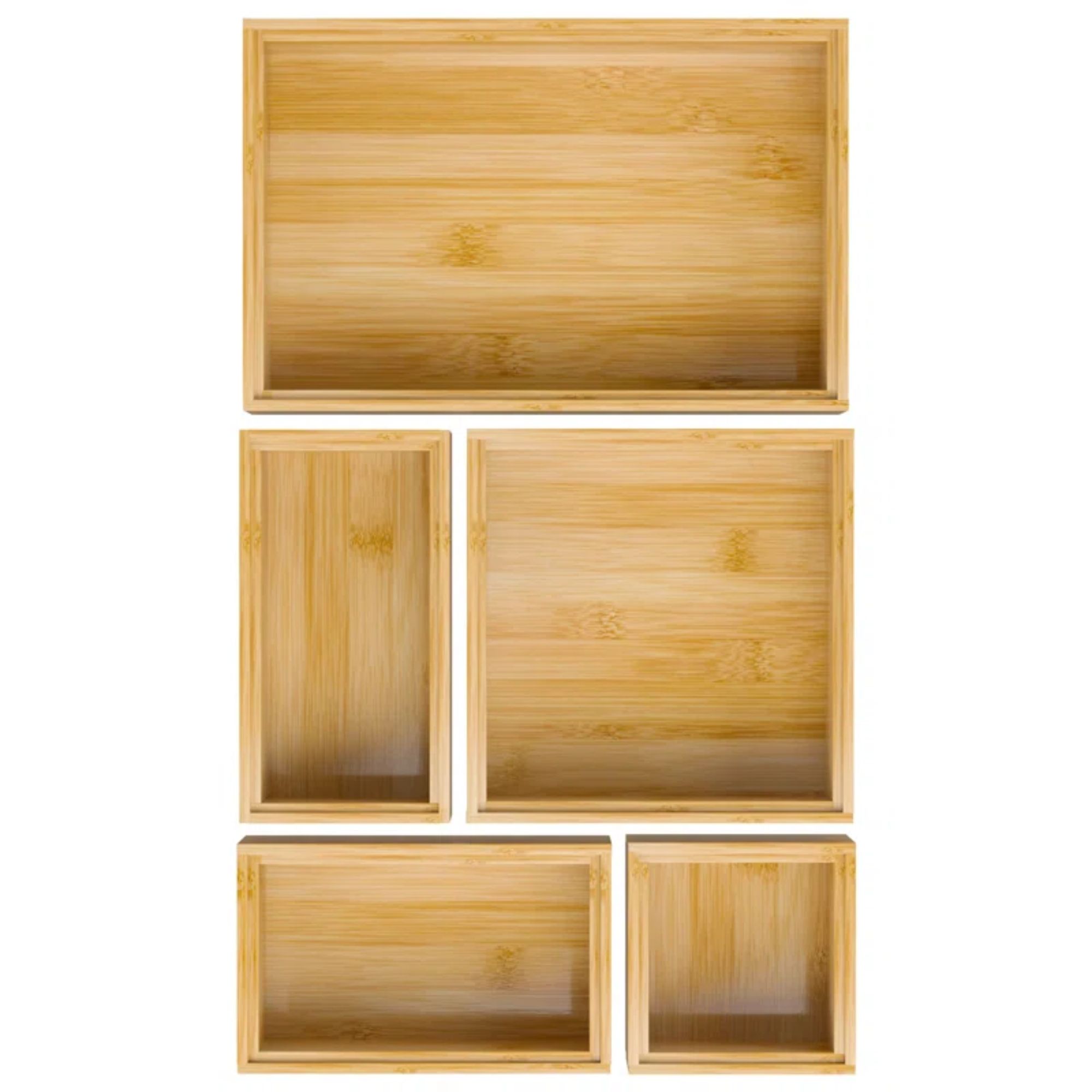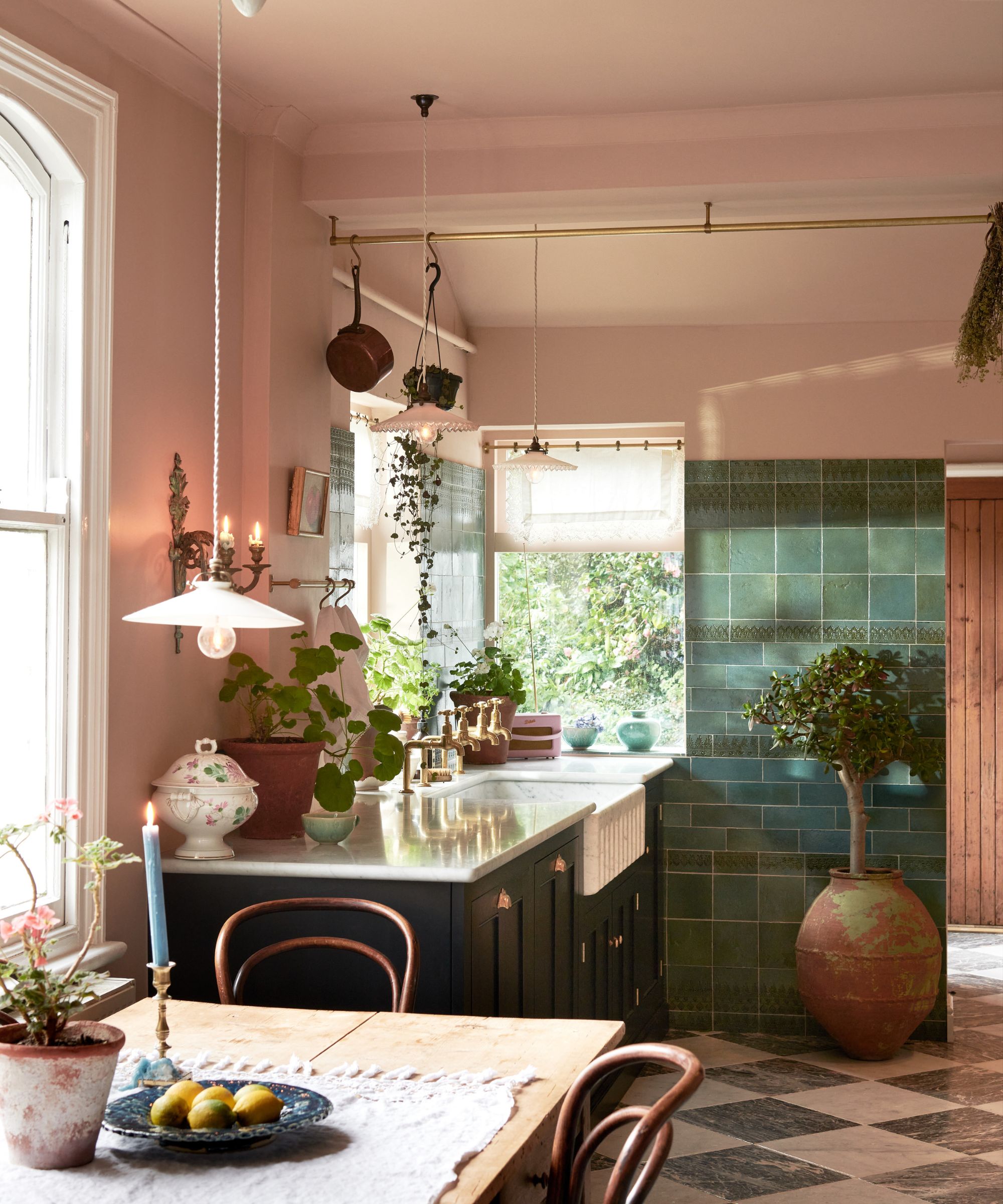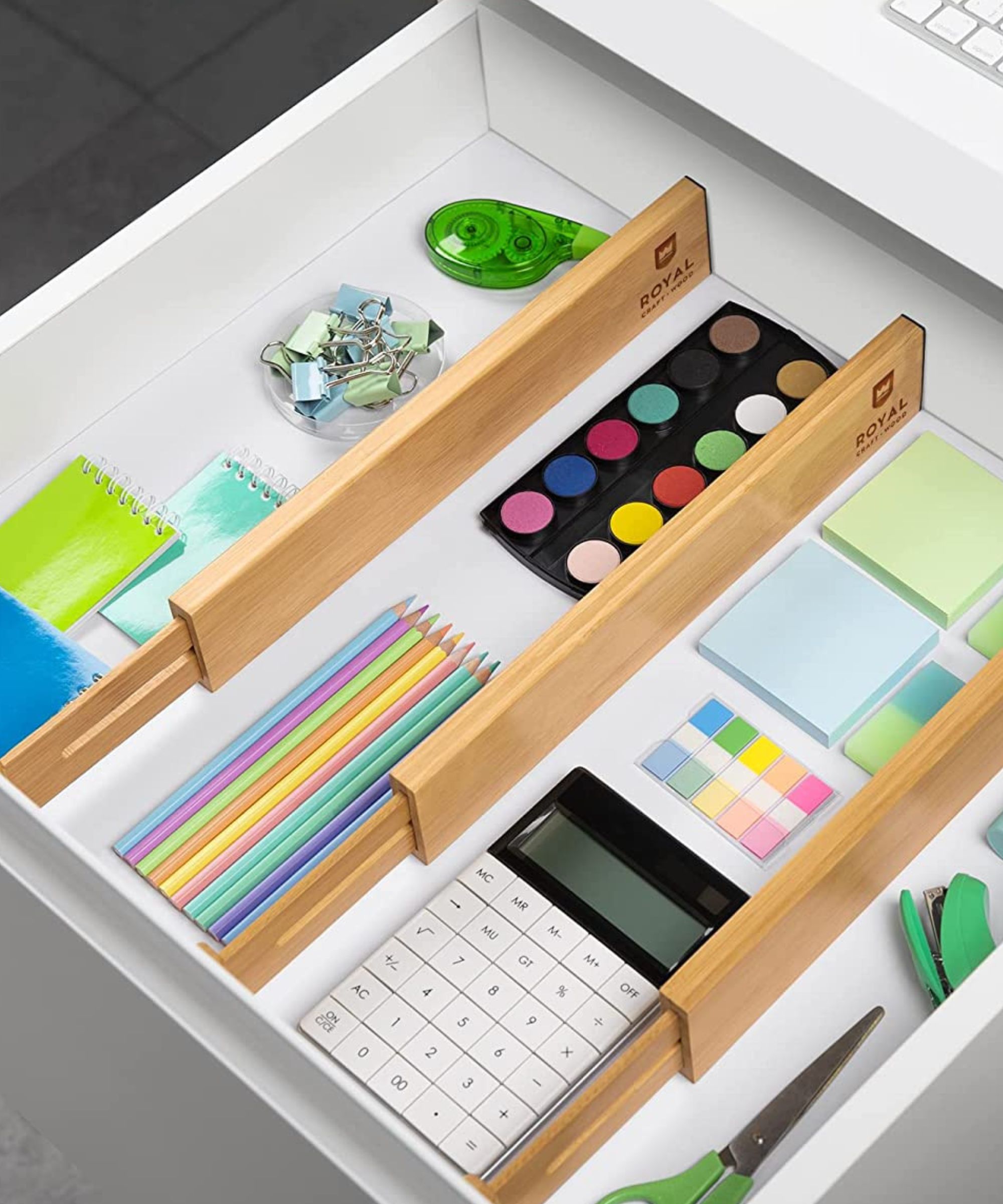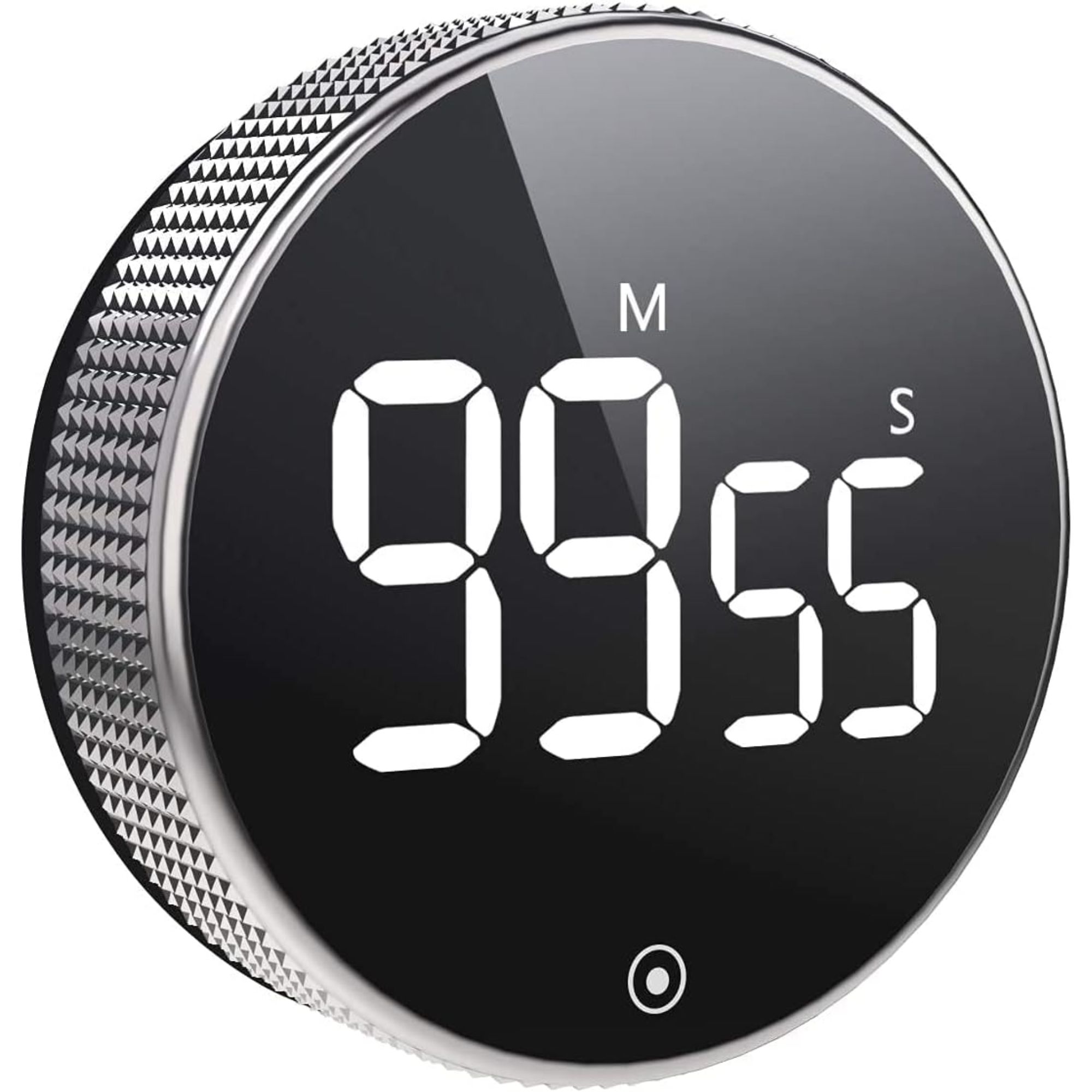Exclusive: Professional organizer Dr. Regina Lark shares her 'time training' technique for decluttering
'Most people have clutter because they have no time or they run out of time'


If you find yourself struggling to complete an organization project or making time to declutter, finding the whole process overwhelming, the solution may be as simple as planning and assessing your time management.
This can help you when embarking on decluttering and organizing, making it easier to plan future projects and improve your efficiency.
'In order to do any decluttering project, it's got to be done in a managed amount of time,' says Professional organizer Dr. Regina Lark. 'Understanding how long it takes us to do anything will go a long way in helping you understand what you need in terms of doing these projects on your own.'
This involves monitoring how long projects take you and assessing how much time you need in the future in order to easily schedule essential organizing and decluttering sessions, even if you are limited for time in your daily life.
Regina Lark's 'time training' technique for decluttering

Organization specialist and founder of A clear Path, Dr. Regina Lark addresses the issues people often find when organizing and decluttering and how implementing some time management ideas can make this process more manageable.
'Most of the books on how to get organized rarely address the importance of having a really good relationship with time.
'Most people have clutter because they have no time or they run out of time. So whenever anybody is embarking on their own do-it-yourself declutter project, the first thing I suggest is better understanding their relationship with time.'
By following this guidance, you can determine the best way to embark on organizing or decluttering projects.
1. How to plan time management for these projects

Dr. Regina Lark suggests making a list of the tasks to complete and then putting an evaluation of the time that you think it may take you, without filters, without judging yourself.
'Then time a couple of the projects out so you can help reevaluate how much more time you're going to need for other projects.'
Remember, it's not a race, this is more about understanding the time it will take you to do certain projects to a satisfactory level in order for you to plan them in the future.
Assessing and managing time for these projects can make it easier for you to make time for these tasks without having to stop a project mid-way through. This can also prevent you from becoming overwhelmed by the idea of starting a task because you are unsure when it will end, meaning you can feel confident in scheduling in these projects.
For your first project, set yourself a small allotment of time, such as 30 minutes.
'For example, in the kitchen, I recommend choosing to declutter and organize an area of the kitchen that's really benign like the junk drawer,' advises Dr. Regina Lark.
Then plan a time allotment for this task.
'So you decide, I'm going to do the junk drawer on Friday, and I'm going to do it from 1:00 PM to 1:30 PM.
'You've got to give it a container of time. So you create this block of time on the calendar.
'Next, to do this you're going to need a timer.
'Once 30 minutes have passed, assess why you thought it was going to take 30 minutes and how much more time you think you may need.
'You can stick that into your schedule for right now, or plan the day are you going to reschedule for yourself to finish the drawer.'
Everyone is different, so by assessing how long these specific tasks take you by timing them a few times, you can gauge how long tasks of certain sizes take you in order to make scheduling and executing them simpler and more efficient.

$25.99
These drawer organizers are perfect for keeping your drawers ordered, reducing the likelihood of clutter building up, making locating items easier.
2. How to plan how much time to allot to a task
Finding timings that work for you will depend on a range of factors specific to you, including your schedule, if you are regularly busy with work, kids, or other projects. Time may be limited, so it may be better to regularly allot yourself brief intervals to complete these tasks. Alternatively, if your schedule better allows for organizing or decluttering once a week but in a large block of time, you may want to see if you can complete it in a day with a few longer intervals of time.
It will also depend on the scale of the project.
Either way, you should complete tasks in around 30-minute intervals so you can give yourself time to take a step back and refresh your mind, whether that is just briefly before continuing an all-day project, or just doing a task in a few 30-minute sessions spread over a couple of weekends.
3. The psychology behind it

'The part of our brain called the executive function is responsible for regulating time, emotions, linear thinking, planning, and prioritizing.
'Folks with clutter, from what I've observed, tend toward weak executive functioning skills, or these were skills in the house that they were never taught. It's learned behavior. It's learned skills.
'So, if you've got a lot of clutter, make a list of all the things you'd like to tackle, how much time you think it'll take, and then test yourself.'
This way you can relearn how to manage time to better declutter and organize within your home.
4. Why it's important to do

'Understanding how long it takes us to do anything will go a long way in helping you understand what you need in terms of doing these projects on your own.
'Because if you're not intentional about understanding better your relationship with time, you'll sell yourself short on the amount of time you have, which means you didn't also include the time to make things right again.
'For example, if you're going to do the junk drawer, you pull it out, dump out the items within it, sort it, and run out of time. You put everything back in, and you shut the drawer. You might end up thinking "what a mess, it looks so much better before I started", and you won't want to do that again.
'Decluttering is a big mess until you get the opportunity to tame it again.'
FAQs
How can you stay objective when organizing and decluttering?
'The way I operate is I move from left to right or right to left, and pull everything out of its place.'
Dr. Regina Lark explains that it is essential to take all items out of its usual context to be more objective about what to declutter and how best to organize.
'When I see it in situ, it's as if that's its home and that's where it lives. So, if you take everything out, it's easier to be objective.'
'I also always recommend getting an objective friend. You want that friend who's going to lovingly and gently say, "but I've known you for ten years and you've never baked a thing".' This will help you to assess what you do and do not need when decluttering.
How do you declutter a junk drawer?
'You're going to need a timer. So, for example, you've got 30 minutes for this task.
'Before you set the timer, you want to get an old sheet or towel. And for a junk drawer, you want to get a bowl of warm, sudsy water. Prepare a trash bin,' recommends Dr. Regina Lark.
'It's now time to do the junk drawer. Start the timer. Push the stuff on the countertop above the drawer away, and lay down an old towel. Put the warm bowl of sudsy water on the towel, take the drawer out and dump its contents over the towel.'
Throw what you don't need away, soak items that can be soaked in the water. Reorganize and declutter.
'Don't leave your workstation until the timer has gone off.'
'I have ten employees, and we call them the ninja organizers, and one of the reasons why the ninjas are so successful and why the client work happens is that the organizer knocks on the door at 9:00 AM, the client lets them in and they have a block of time, say 8 hours to work on this particular project,' explains Dr. Regina Lark.
So, when evaluating your relationship with time, treat every project like you are scheduling in a professional organizer to complete the task in an allotted amount of time.
This should be planned to work around your schedule and be timed to ensure you have the time to complete it, either in one session (by choosing a specific task), or in a few planned sessions if you need more time.
If it is the latter, plan to do a certain aspect of a task that can easily be completed in this time. For example when organizing or decluttering your closet, in your first 30-minute interval, just deal with your shirts.
Sign up to the Homes & Gardens newsletter
Design expertise in your inbox – from inspiring decorating ideas and beautiful celebrity homes to practical gardening advice and shopping round-ups.

Lola Houlton is a news writer for Homes & Gardens. She has been writing content for Future PLC for the past six years, in particular Homes & Gardens, Real Homes and GardeningEtc. She writes on a broad range of subjects, including practical household advice, recipe articles, and product reviews, working closely with experts in their fields to cover everything from heating to home organization through to house plants. Lola is a graduate, who completed her degree in Psychology at the University of Sussex. She has also spent some time working at the BBC.
-
 10 of the best plants for clay soil – experts recommend the flowers, shrubs and trees that can thrive in challenging conditions
10 of the best plants for clay soil – experts recommend the flowers, shrubs and trees that can thrive in challenging conditionsDiscover what varieties to grow if you want the best plants for clay soil
By Sarah Wilson
-
 The biggest curtain trends to follow in 2025 – 8 key looks to shop that will instantly elevate your rooms
The biggest curtain trends to follow in 2025 – 8 key looks to shop that will instantly elevate your roomsThese are the colors, styles, and materials to embrace in your windows this year if you want desirable drapes, plus our favorite places to shop the trends
By Lilith Hudson

